The American collection

The archaeological field is represented by a set of artefacts made from shells and stone from the Californian Channel Islands, and figurines and engraved plates from pre-Hispanic Mexico, as well as fragments of clay figurines and obsidian stone tools for Meso-America. Stone sculptures and fragments of pottery, typical of the art of the Taíno people, represent the Caribbean zone and the west coast of South America is illustrated by the mainly Peruvian pre-Columbian archaeological collections.
The ethnographic section expanded in 1979 via the depositing of the collection owned by Lyon’s Pontifical Mission Societies. Beautiful artefacts from the Indigenous peoples of the Great Plains, the Great Lakes region, and even the north-east coast of the continent were added to the collection. At the start of the 2000s, focus was placed on the contemporary traditional life of Native Americans. The Amazon basin in turn provides a set of man-made artefacts from Brazil and Venezuela. These collections expanded from 2018 with the addition of artefacts collected during field missions in the Brazilian Amazon rainforest. Finally, Chile particularly stands out with its impressive Mapuche shamanic ceremonial poles.
